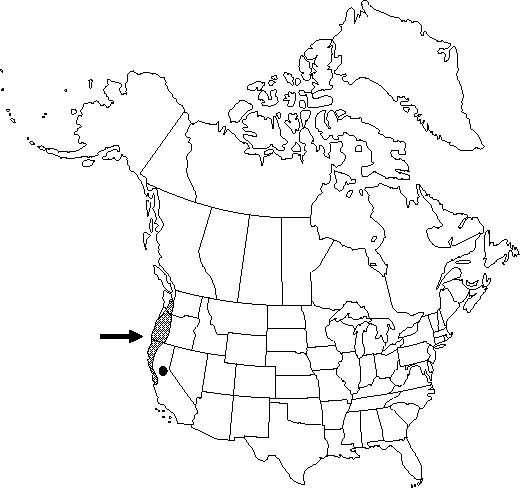Difference between revisions of "Chrysolepis chrysophylla var. chrysophylla"
Endemic
Treatment appears in FNA Volume 3.
imported>Volume Importer |
imported>Volume Importer |
||
| Line 46: | Line 46: | ||
|publication year= | |publication year= | ||
|special status=Endemic | |special status=Endemic | ||
| − | |source xml=https:// | + | |source xml=https://bitbucket.org/aafc-mbb/fna-data-curation/src/2e0870ddd59836b60bcf96646a41e87ea5a5943a/coarse_grained_fna_xml/V3/V3_927.xml |
|genus=Chrysolepis | |genus=Chrysolepis | ||
|species=Chrysolepis chrysophylla | |species=Chrysolepis chrysophylla | ||
Latest revision as of 21:52, 5 November 2020
Trees, to 30(-45) m. Leaves typically flat.
Phenology: Flowering summer (Jun–Sep).
Habitat: Redwood forest, mixed evergreen forest, conifer forest
Elevation: 0-2000 m
Distribution

Calif., Oreg., Wash.
Discussion
Chrysolepis chrysophylla var. chrysophylla grows mostly near the coast, extending inland to the Sierra Nevada.
Selected References
None.
Lower Taxa
None.